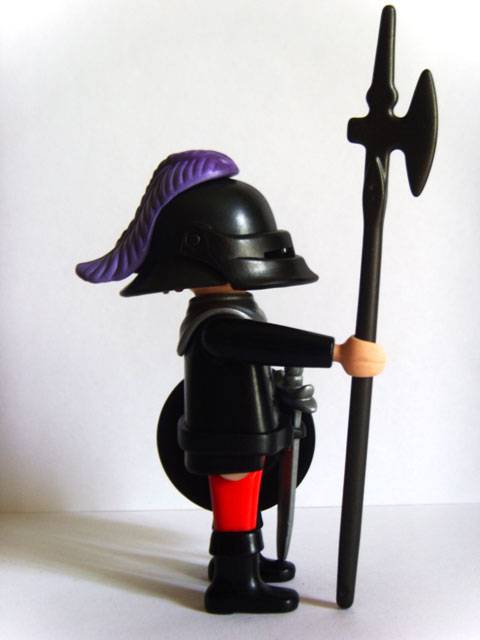Safeway chicken filled the house with a nostalgic bouquet. The buzz of familiar primate energy made irresistible a social smile and witty comment exchanged between glances of friends and family. Standing up, I walked into the kitchen to pop the couscous in the oven from its perch on the top of the stove. Peering inside the depths of its iron gullet, I detected an unfamiliar shape on an old tray. I pulled out the oven rack to find a pile of insulation and anonymous fluff that some nasty little rodent had collected. Ah, a pocket to deposit one’s young. With a plastic spoon I nudged aside some of the debris, to find some old chocolate chip cookies that had long since vanished into the gloomy cavern we call our kitchen. So that’s where they had gone! With a deep and lethargic sigh I returned to the table to relay my awesome discovery.
“Mouse nest,” I mumbled into my glass of chilled milk, “In the oven.”
In the silence that followed I batted away one of the copious flies that are prolifically breeding in the center of all our rooms. So impishly they buzz around the assorted, but rarely effective, contraptions of defense we have erected in vain attempts to control their frightful libido.
“A mouse nest?”
“Oh yeah,” I said with another geriatric sigh, “They are reclaiming the wilderness we have taken from them. Rumor has it they’re lead by Al Gore.”
Another silence dominated the room in a tired and fly ridden pall. Then, as was a shibboleth for our family, abruptly the clanking of appreciative forks began again and the same proverbial socialization found its element. What audience could dismiss such a shocking display of yet another brash animal attack on the feeble and vulnerable human species? Perhaps one which is well acquainted with our close friends: peromyscus polionotus. Indeed, the company we had over that night was with us when these adorable little vermin were introduced into our 68° habitat.
As stated in an earlier blog, each autumn I volunteer at the Kennedy Creek Salmon trail. My friend, Kayta, a hopelessly maternal girl, was with me at the time. With ears unnaturally tuned to hear the small cries of endangered infants, she rapidly noticed an incalculably small noise of a distressed brood of deer mice. Charmed with naturally large, imploring eyes and velvety pelts, this abandoned litter of babies beckoned for the help of some higher power. "Who are we to play God?" I said wisely, but she was dedicated to a personal agenda of altruism. Cupping the eight tiny things in her hands she found our parents who were absorbed in the examination and dissection of a rotting salmon.
“May we please, Mama?” She asked beseechingly, holding out her mammalian find to her parental guardian.
The answer, however, was a firm "no". Kayta had raised far too many baby mice and her mother had quite enough, thank you very much. Then, looking to me with eyes a cocktail of resolution and vehement desperation, she held the delicate and flea bitten creatures out to me. Taking the shivering, pee-stained things in my hands, I cooed pleasurably and correctly about their appearance before stuffing them in my warm coat pocket. As fate would have it, it was these mice (for whom I woke up once every two hours during the night to feed) who now corrode our dwindling supply of ice cream cones. Naturally, they had escaped as soon as they were weaned and now keep us company in the bath with their scuttling and squeaking in the hollow walls. We still see them from time to time: feasting on the contents of our garbage can, or perhaps even cuddling up in our socks. However the surest way to know they are there, ever present shadows of our waste, is to look out for the nests that they compile out of what we have discarded.


